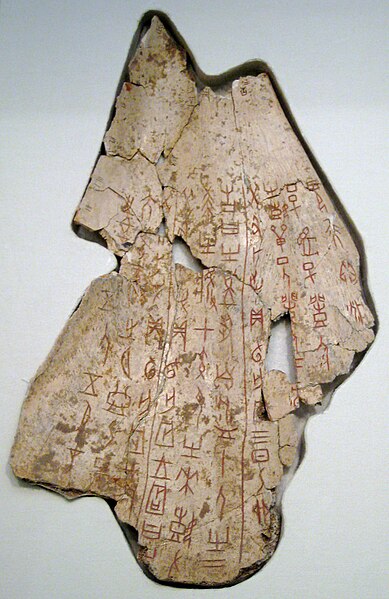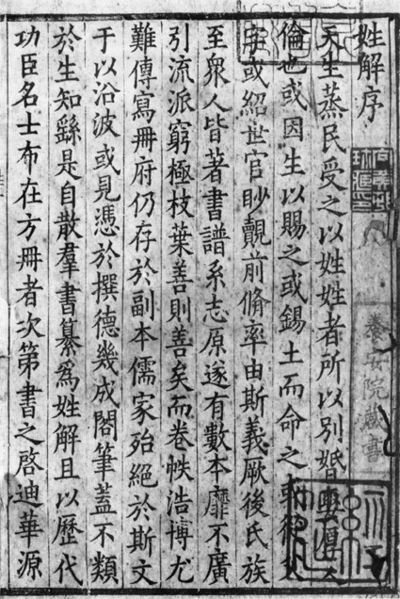Wei (220–266), known as Cao Wei (曹魏) or Former Wei in historiography, was a dynastic state of China and one of the three major states that competed for supremacy over China in the Three Kingdoms period. With its capital initially located at Xuchang, and thereafter Luoyang, the state was established by Cao Pi in 220, based upon the foundations laid by his father, Cao Cao, towards the end of the Eastern Han dynasty.
Cao Wei horse figure.
Celadon standing figures, Haidian Museum, Cao Wei Dynasty.
A Cao Wei tomb, 247 CE
Chinese characters are logographs used to write the Chinese languages and others from regions historically influenced by Chinese culture. Chinese characters have a documented history spanning over three millennia, representing one of the four independent inventions of writing accepted by scholars; of these, they comprise the only writing system continuously used since its invention. Over time, the function, style, and means of writing characters have evolved greatly. Informed by a long tradition of lexicography, modern states using Chinese characters have standardised their forms and pronunciations: broadly, simplified characters are used to write Chinese in mainland China, Singapore, and Malaysia, while traditional characters are used in Taiwan, Hong Kong, and Macau.
Ox scapula inscribed with characters recording the result of divinations
The Shi Qiang pan, a bronze ritual basin dated c. 900 BCE. Long inscriptions on the surface describe the deeds and virtues of the first seven Zhou kings.
A page from a Song-era publication printed in a regular script typeface
Ordinary handwriting on a lunch menu in Hong Kong







